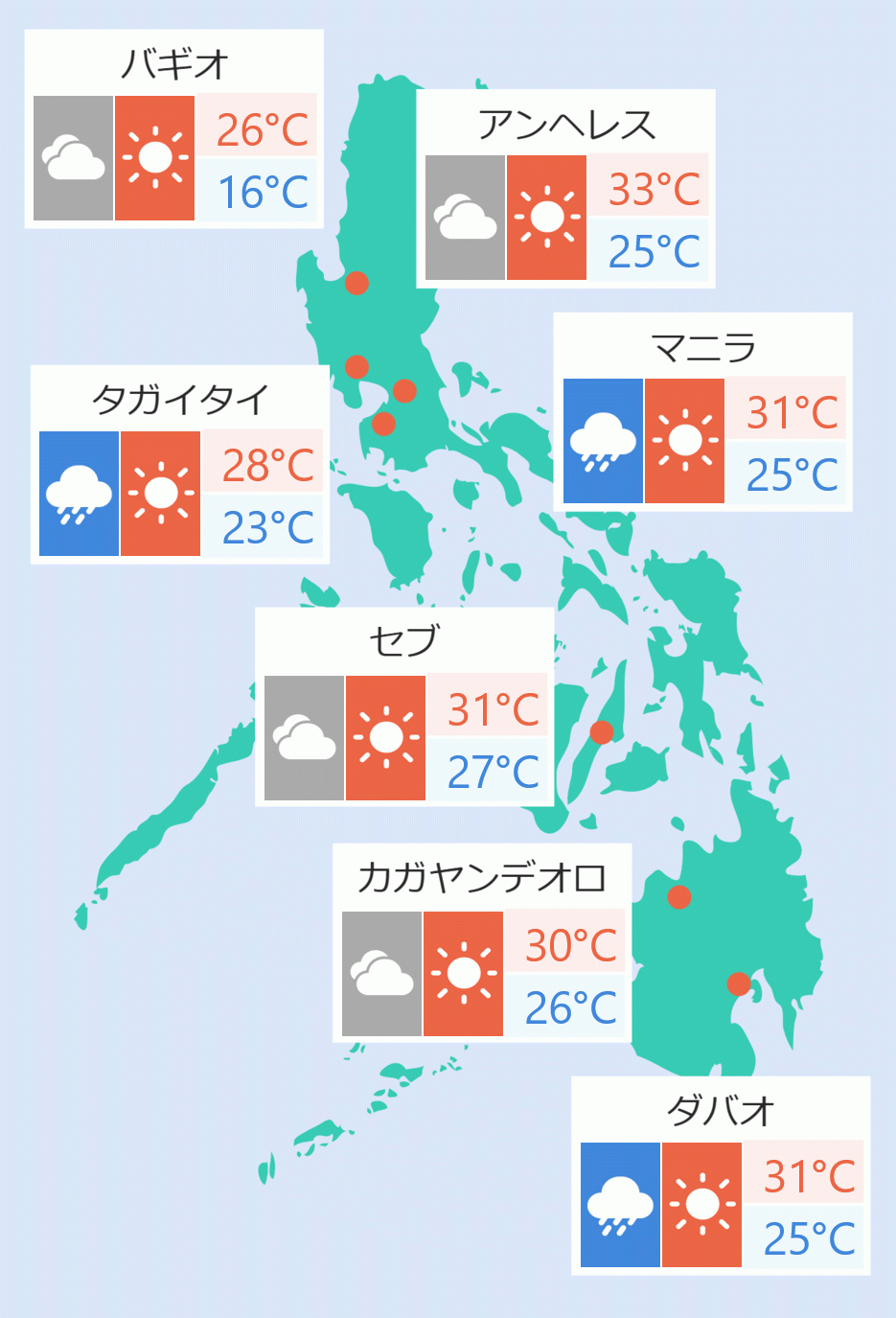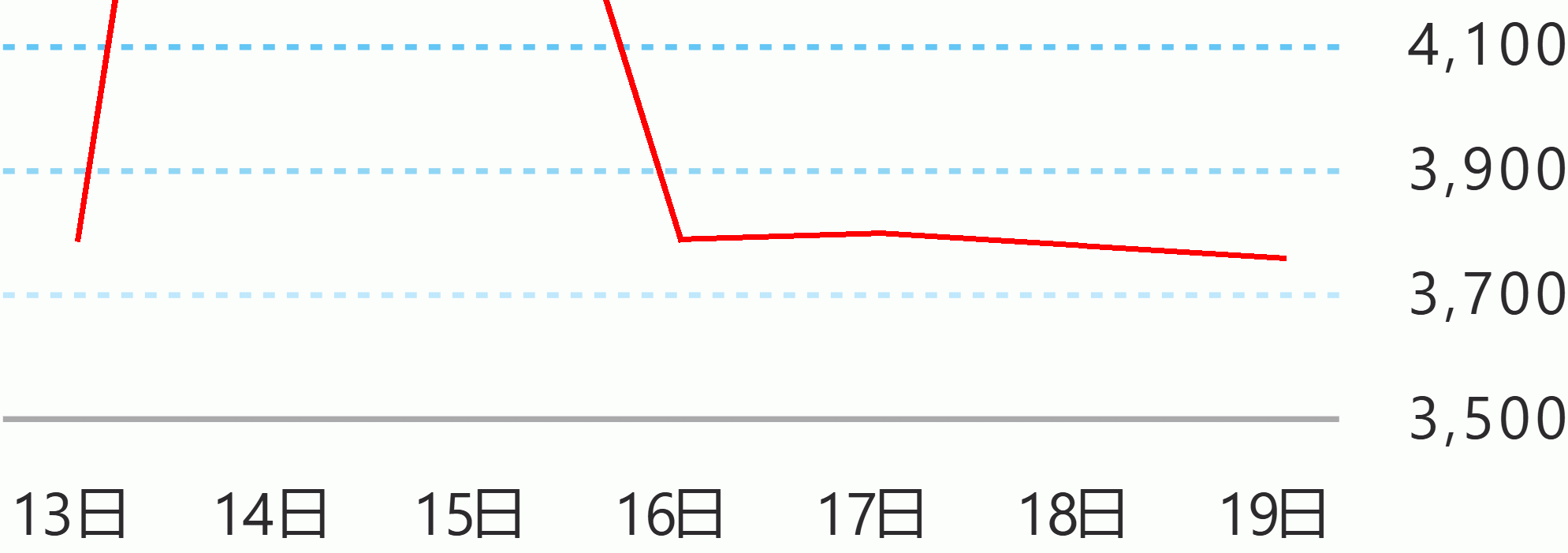The national Social Weather Survey of June 26-29, the last under the administration of President Rodrigo Duterte, found that 11.6 percent of Filipino families, or an estimated 2.9 million, experienced involuntary hunger – being hungry and not having anything to eat – at least once in the past three months.
The June hunger rate is 0.6 points below the 12.2 percent (estimated 3.1 million families) in April, and 0.2 points below the 11.8 percent (estimated 3.0 million families) in December 2021.
However, it is 1.6 points above the 10 percent (estimated 2.5 million families) in September 2021. It is also still 2.3 points above the pre-pandemic annual average of 9.3 percent in 2019.
The experience of hunger is highest in Metro Manila at 14.7 percent of families, followed by Mindanao at 14 percent, Balance Luzon (or Luzon outside Metro Manila) at 11.9 percent, and the Visayas at 5.7 percent. It has been highest in Metro Manila in 24 out of 98 surveys since July 1998.
The 0.6-point decline in overall hunger between April and June is due to declines in Metro Manila and the Visayas, combined with increases in Mindanao and Balance Luzon.
Compared to April , the incidence of hunger fell by 3.9 points in Metro Manila, from 18.6 percent (est. 636,000 families) in April to 14.7 percent (est. 501,000 families) in June.
It fell by 2.1 points in the Visayas, from 7.8 percent (est. 373,000 families) in April to 5.7 percent (est. 272,000 families) in June.
However, it rose by 0.9 points in Mindanao, from 13.1 percent (est. 761,000 families) in April to 14 percent (est. 816,000 families) in June.
It rose by 0.2 points in Balance Luzon, from 11.7 percent (est. 1.3 million families) in April 2022 to 11.9 percent (est. 1.4 million families) in June. SWS





 English
English









